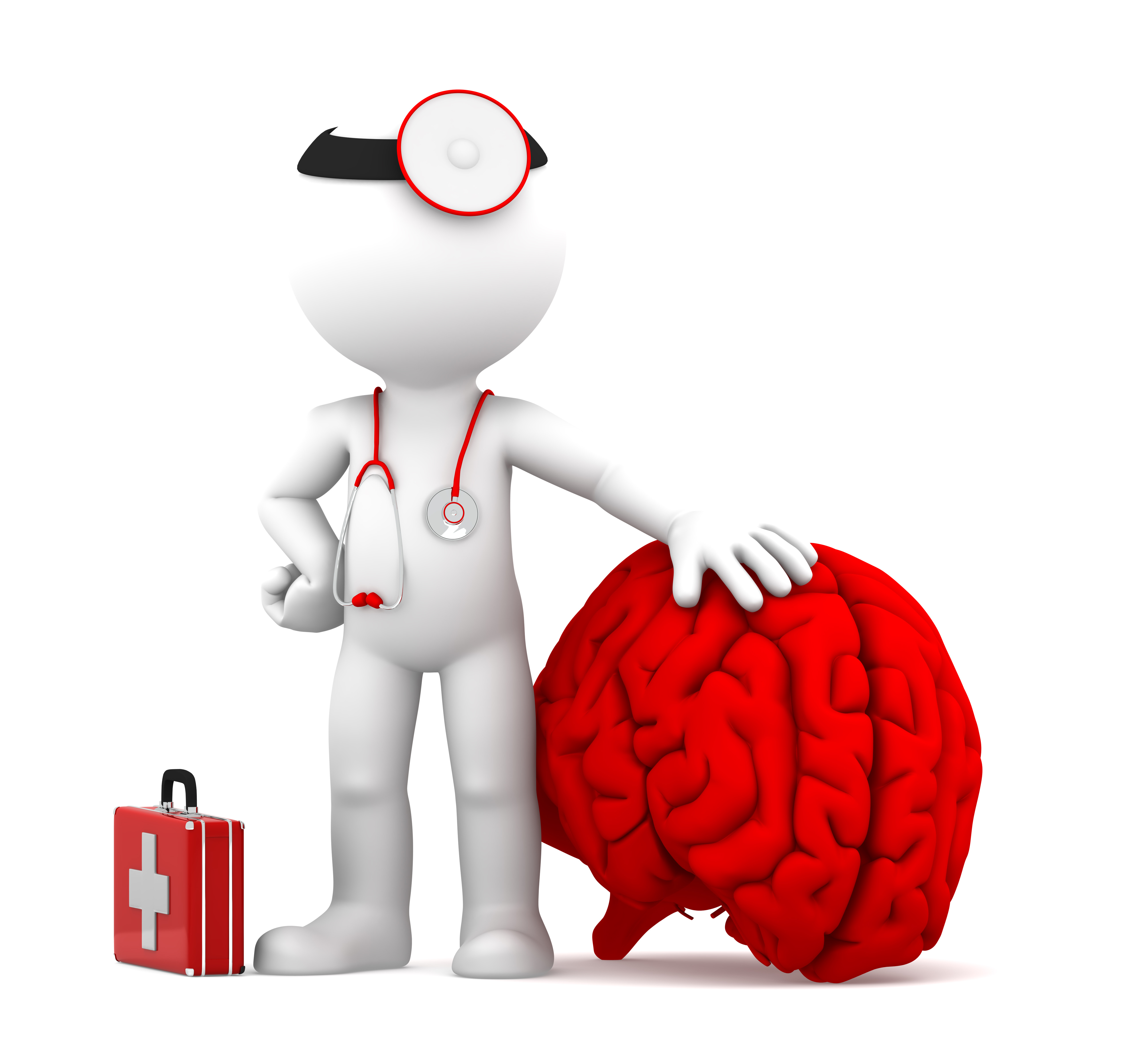The true face of depression
Lesson 2

“1 in 6 people will be diagnosed with depression in the UK.”
Ask someone to name a common mental health complaint today, chances are they would say depression, and that wouldn’t be surprising because depression is the predominant mental health problem worldwide, followed by anxiety, schizophrenia and bipolar disorder.
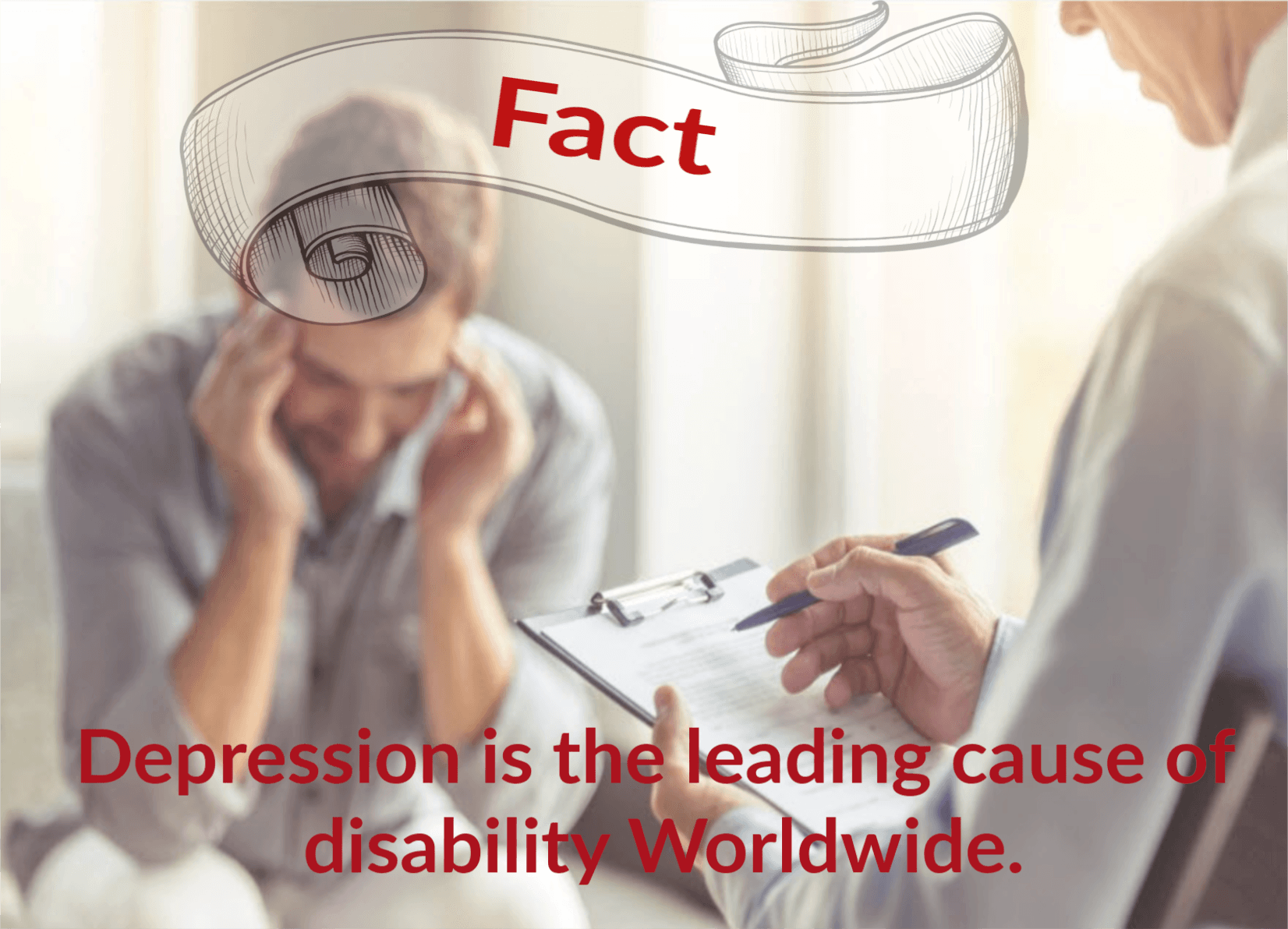
It is not uncommon for people to suffer from two disorders or illnesses at any one time.
Approximately 50% of people diagnosed with depression can also show signs of an underlying anxiety disorder.
Depression is essentially a single illness, even though it has lots of different symptoms, the term does refer to a single solitary condition. (Vos et all. 2013)
Clarification video on depression
It is not uncommon for people to suffer from two disorders or illnesses at once and approximately 50% of people diagnosed with depression can also show signs of an anxiety disorder. Many people with depression may experience what is known as “anxious distress” is what is called a specifier in addition to their low mood.
People with anxious distress often feel tense, restless, and have trouble concentrating because they worry so much. They are profoundly afraid that something terrible is going to happen or that they might lose control of themselves. However, it is vital to get an accurate diagnosis in order to treat the right conditions.

Anxiety V’s Depression
A significant difference between both criteria is that depression refers to a single illness, and anxiety is an ambarella term for a large group of mental health conditions.
Depression is essentially a single illness, even though it has lots of different symptoms and it may feel very different to different individuals, but the term does refer to a solitary condition.
However, anxiety, on the other hand, encompasses a range of more specific conditions. The most predominant of these are generalised anxiety disorder (GAD), which may affect up to five individuals in every 100 within the UK..
Nevertheless, anxiety also spans several fewer common mental health conditions, some of which you may not know. These include phobias, stress reaction, panic attacks, and adjustment disorder
Common symptoms of depression
Depression is a crippling ana cruel disease. Sufferers Know that it affects all aspects of their lives, from the ability to socialise to the urge to exercise. Furthermore, of course, it does not help that exercise is part of the recommended treatment.
If you have ever experienced depression, then you know how tough it can be: like living under a black cloud; when you lose the incentive to do anything; and when the mind plays cruel tricks by convincing the sufferer of hurtful untruths.
Not all depression is the same. Each type has its own physical and mental reason for existing.
Some suffer repeated bouts of major depression and lose large chunks of their lives, while others live with constant low-level depression, having no idea that their continuing low mood is due to a chemical imbalance in the mind.
Others self-medicate with drugs and alcohol, which leads to further depression and often addiction, while some people isolate themselves from the world causing loneliness which is further fuel for unhappiness.
It would appear that depression is at epidemic levels in the Western world with one global study suggesting that people who live in wealthy countries are slightly more likely to suffer than those in low- to middle-income countries.
The study showed that close to 15 per cent of people in high-income countries said they experienced depression at some point in their lives. That compares with 11 per cent in low- and middle-income countries.
However, researchers also noted that across nations, women were twice as likely as men to suffer from depression.
But no matter where a depressed person lived, the condition affected his or her ability to function in everyday life.
"In every single country, depression was related to impairment," said study researcher Evelyn Bromet. a professor of psychiatry and behavioural science at the State University of New York at Stony Brook. "What this reveals is that, whatever depression implies across the world, it has an impact on people's lives."
The reason for depression is personal to the sufferer.
Some people slip into depression as a result of loss or a painful change in circumstances. Other areas of life can trigger particular types of depression too.
Here are the most common symptoms. You may have some and not others, but any of them could mean you have depression:
- Feeling sad or irritable
- Feeling less able to do things
- Losing interest in activities you used to enjoy
- Becoming tired easily, losing concentration
- Sleeping and eating less or more
- Low self-esteem, feeling guilty or worthless
- Losing interest in sex
- Thoughts of self-harm or suicide
A lot of the psychological symptoms of depression can be hidden inside the mind of the sufferer. Guilty feelings often make it difficult for the sufferer to admit their struggle and people around them can miss the signs of depression until the situation gets quite severe.
There are some physical and social symptoms associated with depression. Not all sufferers will present with the physical symptoms so, it is crucial not to rule out depression if there is little physical evidence in a patient.
Higher mortality risks in many mental disorders are well recognised and may be worsening over time
The Global Burden of Disease (GBD) study suggested that mental and behavioural disorders account for 8.6 million, premature deaths.
These higher mortality risks translate into a substantial (10‐20 years) reductions in life expectancy. Borderline personality disorder, anorexia nervosa, depression and bipolar disorder had the highest suicide risks.
The impact on mortality and suicide within mental disorders are relatively common, but the risk to life is not perceived and poorly appreciated. From a public health perspective, patients with serious mental illness should be designated as a high-risk population
Treatments
Chlorpromazine entered psychiatric practice in 1952 and ushered in a new era of treatment for psychiatric illness, Chlorpromazine was one of the first drugs to be pioneered as a treatment for mental health, with its introduction labelled as one of the great advances in the history of psychiatry. Other drugs soon followed.
Current drugs that enhance various monoaminergic neurotransmitters such as norepinephrine, dopamine, and serotonin can alleviate the symptoms of major depressive disorder, but this effect is typically seen about four weeks after the start of treatment.
Selective serotonin reuptake inhibitors (SSRIs) are a class of antidepressant medications prescribed for the treatment of certain mental disorders. They are most often used for depression, but may also help manage symptoms of anxiety disorders, including obsessive-compulsive disorder, post-traumatic stress disorder, or social anxiety disorder.
In some instances, they have also been used to treat impulse-related disorders like anorexia or trichotillomania (hair-pulling disorder)—though evidence of their efficacy for these disorders is mixed, and they are not a first-line treatment in many cases.
Some future pharmaceutical therapeutic studies are looking at the HPA axis (cortisol and the stress response) with immunotherapy agents that interfere with cortisol by blocking receptors.
While others are looking at novel ways with magic mushrooms (Psilocybin is a serotonin receptor agonist)
Traditional treatment for depression involves medication and counselling with Cognitive Behavioural Therapy (CBT) in some cases, it can be twinned with mindfulness counselling.
CBT Works with Depression in Three Stages:
Stage 1 would tackle the depression head-on by breathing exercises, activity scheduling and exercise to bring the depression rating in line with the normal range.
Stage 2 would be to tackle the negative thought patterns including and concentrating on self-esteem and self-criticising automatic thoughts. This is based on five sessions or as many as the client may need. Mindfulness is taught here and the client is encouraged to practice some type of meditation along with physical exercise.
Stage 3 would be a number of sessions exploring opinions formed during the first 15 years of a client's life. If needed for the individual client, this should prevent relapse and make lasting changes in the client's life. Stage three could also consist of putting in a long-term coping strategy in order to enable lasting recovery.
The stages discussed above would be created after the initial questioning has taken place and throughout the discussion with the client, who should be included in all aspects of the planning process.
This is the nature of CBT and why it is so empowering for the client.
Electroconvulsive Therapy
The treatment for depression has advanced a lot over the last few generations. Previously, depression was misinterpreted and in many instances, even led to damaging electric shocks and brain surgery.
Electroconvulsive therapy is a different method now and one which is far less invasive. It is carried out rarely and only in cases of treatment-resistant depression.
Self-help methods
Self-help methods enable many people to overcome or manage low moods.
How you can help yourself
There is always treatment and support available from the NHS. But you also have the power to help yourself.
Talk about it
Being open about your mental health may seem scary, but a friend or relative should be happy to listen.
You can also call a support line to talk to a skilled listener or meet other people at a support group who have similar issues and will understand.
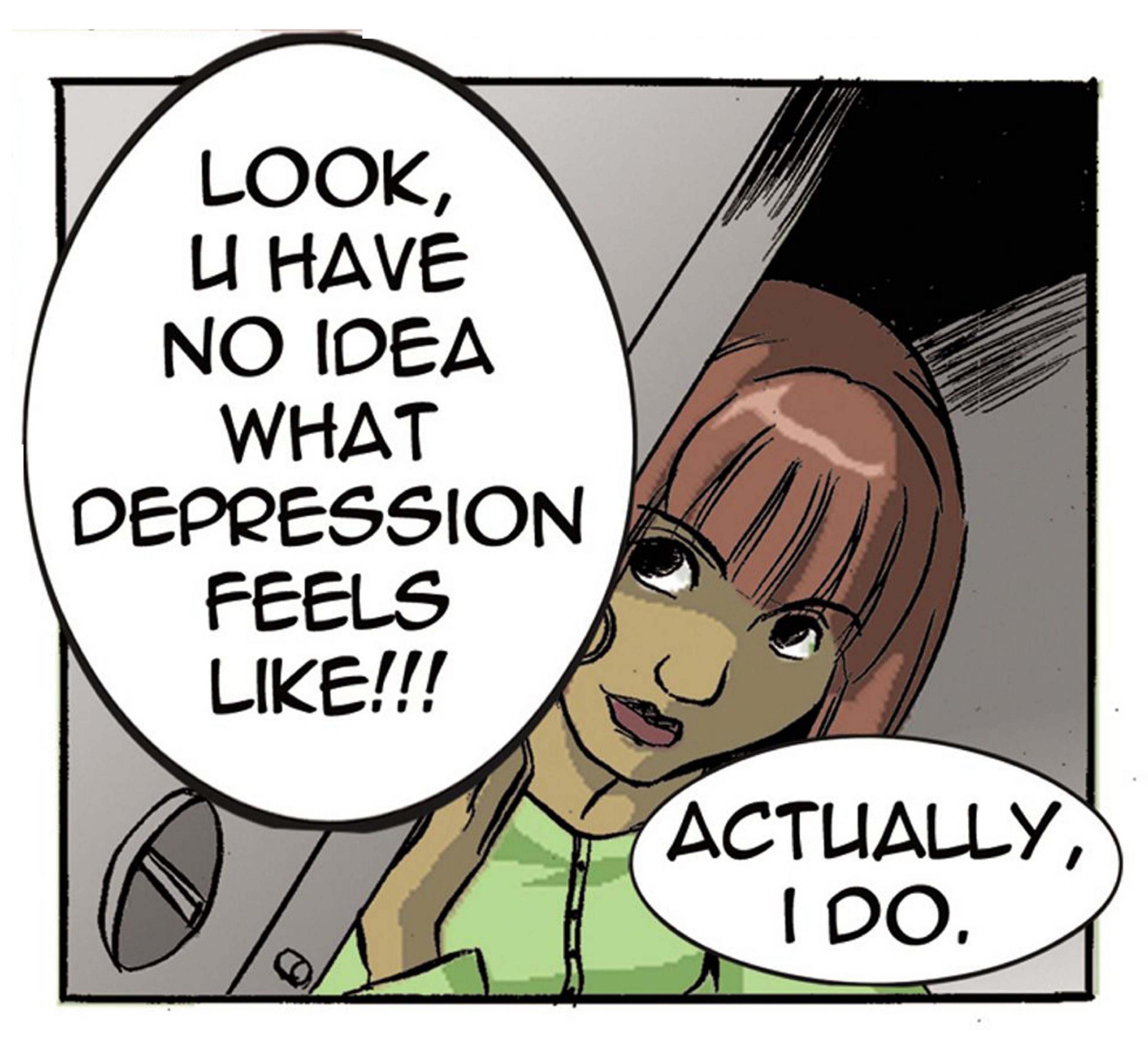
Other things you can do
- Exercise or get outdoors, even if it's just for a walk
- Breathing exercises
- Learning ways to relax, such as meditation
- Yoga
- Eating healthy foods regularly
- Follow a daily routine to give your life more structure
- Get enough sleep
- Keep a mood diary to be more aware of your symptoms
- Do something creative like writing, art or music
- Meet people at a local club or society
- Volunteering
There are many talking therapy options too, including cognitive behavioural therapy (CBT), group therapy or counselling.
You may also be offered antidepressant medication.
If you have any symptoms described in this website, it's a good idea to talk to your GP.


Rob wishes he could run away from his thoughts
Bipolar disorder
Although a bipolar disorder (BPD) can include depressive symptoms, and we previously said that depression is generally considered to be a specific and consistent disorder characterised by a fixed set of symptoms and often treated with a combination of psychotherapy and medication.
Bipolar disorder (BPD) on the other hand, can be heterogeneous with an element of comorbid clinical conditions, which refers to the presence of more than one disorder in the same person, and in this case, it includes symptoms of mania.
For this reason, the old name of manic depression was initially used but then changed to characterise the mood swings that fluctuate between both “poles” of mania depressive lows and manic highs. These phases of mania and depression are called episodes and can shift rapidly.
A manic episode is defined as a distinct period of abnormally and persistently elevated, expansive, or irritable mood and increased goal-directed activity or energy, lasting at least one week.
Individuals with bipolar depression are at higher risk for many other anxiety subtypes, including generalised anxiety disorder, simple phobia, social phobia, obsessive-compulsive disorder, posttraumatic stress disorder (PTSD), and panic disorder, and the latter tends to cosegregate higher in families with a history bipolar depression disorders.
Panic disorder and anxiety tend to be particularly manifest in bipolar mixed states, which echoes Emil Kraepelin’s description of mixed states as “anxious mania” or “excited depression” whereby the “mood is anxiously despairing.” It is essential to understand that mixed states tend to have an early onset and are associated with other risks, including suicide and substance abuse.
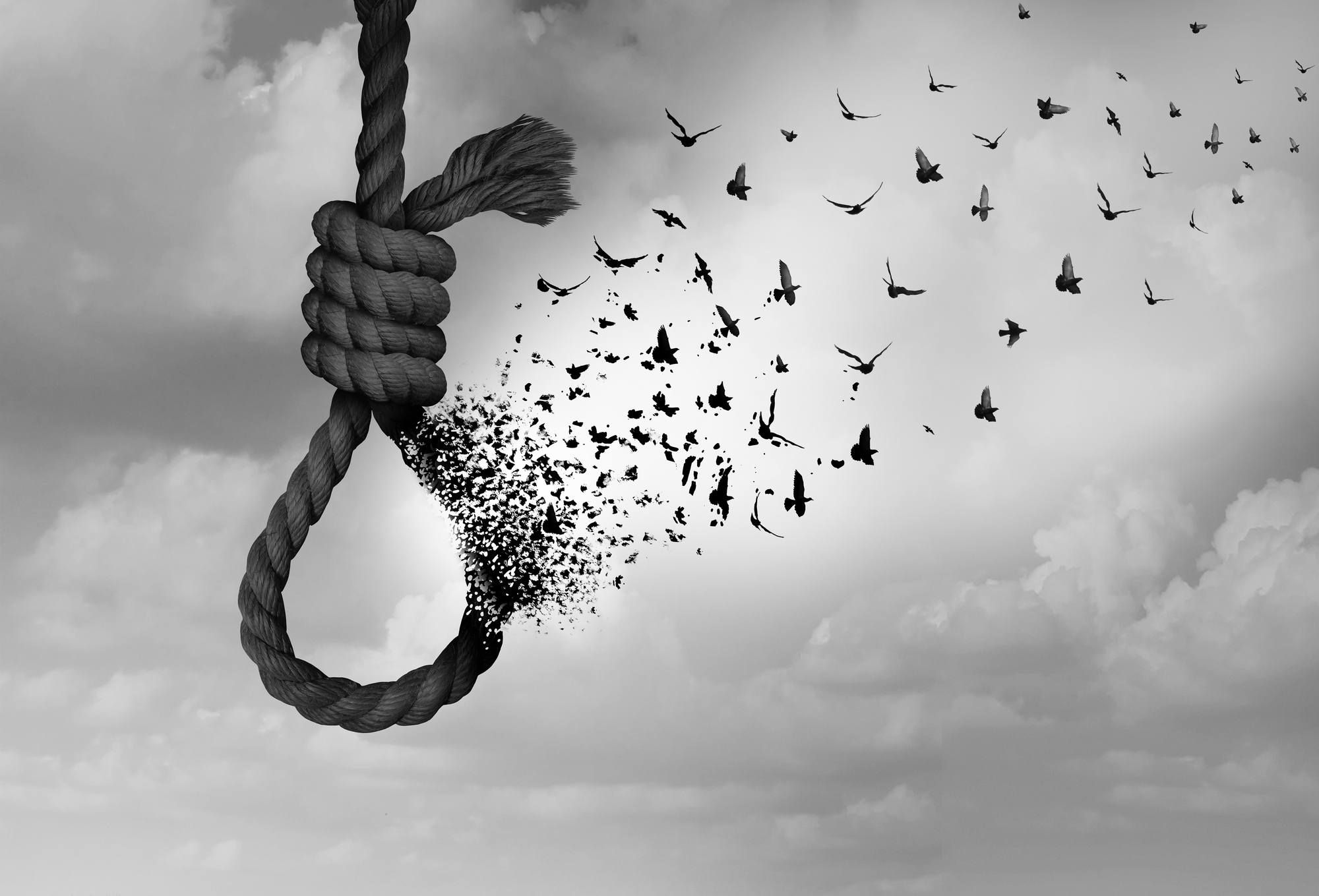
Many experts truly view ‘mixed anxiety and depressive disorder’ (MADD) as a separate category in itself. This is where someone may have symptoms of both conditions, but not severe enough to have a formal diagnosis of either condition. However, this combination can still cause considerable distress and affect someone’s daily life.
What are the various spectrums of depression?
As previously stated, depression is a low mood disorder. We all feel down at times, but if these feelings last and get in the way of your life, you may have a mood affective disorder and below is a group of conditions where a disturbance in the person's mood is the main underlying feature
Clinical depression
Clinical depression is a common term, but it is not a formal diagnosis. People sometimes say ‘clinical diagnosis’ to just mean they have been diagnosed by a doctor.
Depressive episode
Your doctor might say that you are going through a 'depressive episode'. This is the formal name that doctors give depression when they make a diagnosis. They may say that you are going through a 'mild', 'moderate' or 'severe' episode.
Recurrent depressive disorder
If you have had repeated episodes of depression, your doctor might say that you have a recurrent depressive disorder. They may say that your current episode is 'mild', 'moderate' or 'severe'.
Reactive / Situational depression
If your doctor thinks that your episode of depression was caused by particular stressful events in your life, they may say that it is reactive.
For example, divorce, job or money worries. This is sometimes separated from an adjustment disorder, where you may struggle with some symptoms of depression because of adapting to a major change in your life.
Adjustment disorders are stress-related conditions.
You experience more stress than would normally be expected in response to a stressful or unexpected event, and the stress causes significant problems in your relationships, at work or at school.
Work problems, going away to school, an illness, death of a close family member or any number of life changes can cause stress. Usually stressors are temporary, and we learn to cope with them over time and people adjust to such changes within a few months.
However, if coping mechanisms fail to ameliorate stress effectively, an adjustment disorder is then precipitated and will continue to have emotional or behavioral reactions that can contribute to feeling anxious or depressed over a much longer duration.
Symptoms of an adjustment disorder start within three months of a stressful event and last no longer than 6 months after the end of the stressful event.
However, persistent or chronic adjustment disorders can continue for more than 6 months, especially if the stressor is ongoing, such as unemployment.
Suicidal behavior is prominent among people with adjustment disorders of all ages, and up to one-fifth of adolescent suicide victims may have an adjustment disorder.
A previous study on psychological autopsy of suicide found that 15% had an adjustment disorder.
If you have concerns about your child's adjustment or behavior, talk with your child's pediatrician.
Such as separation from people, retirement or loss of a job, death of a close friend - spouse or migrating to a new area or any other life-changing situations may push you into depression.
Situational depression stems from a struggle to come to terms with dramatic life changes. Recovery is possible once an individual comes to terms with a new situation.
For instance, following the death of a parent, it may take a while before a person can accept that a family member is no longer alive. Until acceptance, they may feel unable to move on with their life.
Grief can trigger symptoms of depression including sleep disturbance, sadness, changes in appetite, and fatigue. These are considered normal grief reactions. When grief reactions negatively affect a person’s daily functioning (work, school, relationships, self-care), a diagnosis of depression might be considered.
Talk to your doctor if you continue to struggle or if you're having trouble getting through each day. You can get treatment to help you cope better with stressful events and feel better about life again.
Severe depressive episode with psychotic symptoms
Psychosis (also called a psychotic experience or psychotic episode) is when you perceive or interpret reality in a very different way from people around you. You might be said to 'lose touch' with reality.
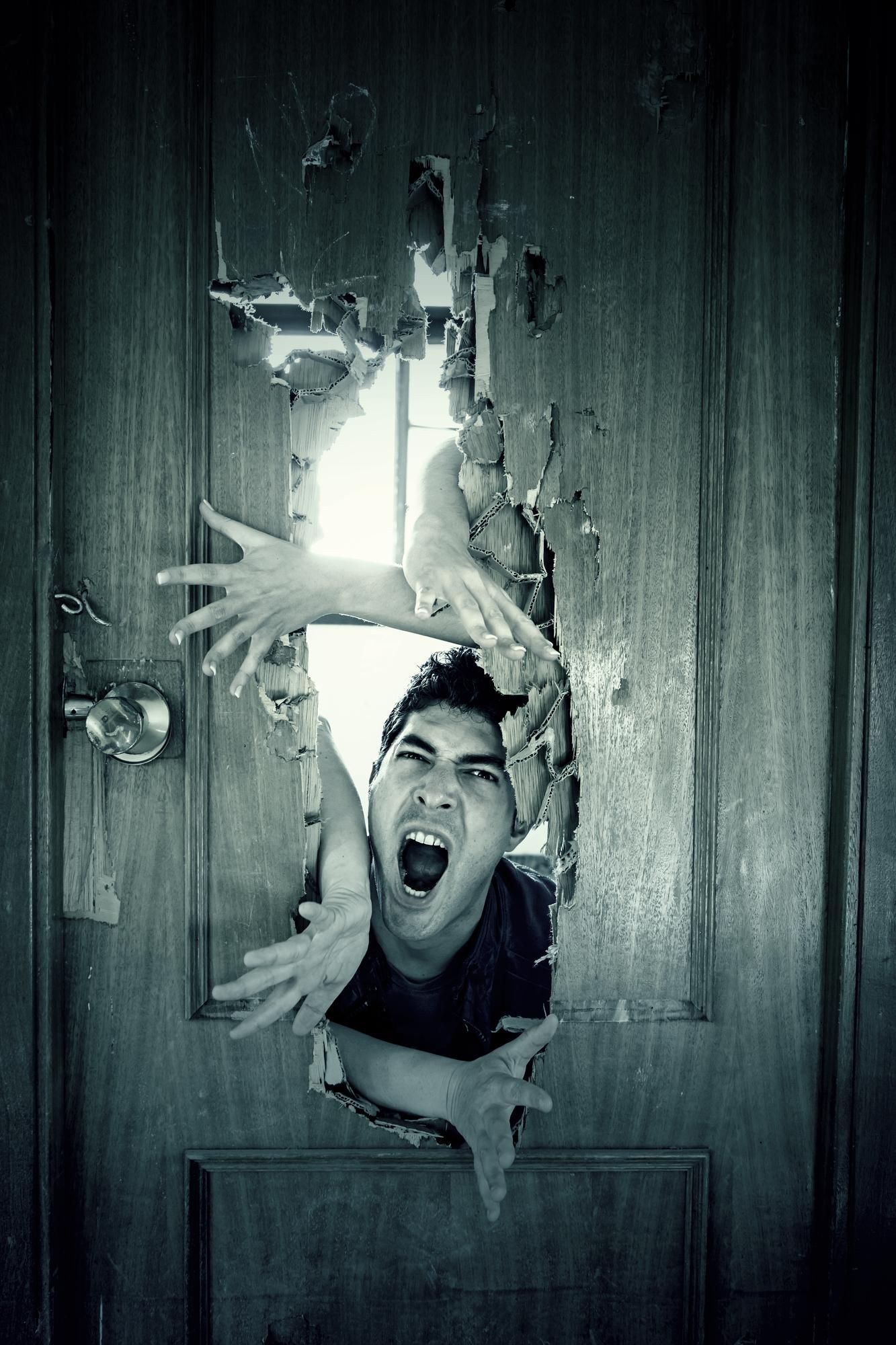
If you are going through a severe episode of depression, you may get hallucinations or delusions. A hallucination means you might hear, see, smell, taste or feel things that aren’t real.
A delusion means that you might believe things that don’t match reality. These symptoms are called psychosis.
Psychosis can be a symptom of lots of different physical or mental health problems. However, you might also experience psychosis on its own.
The following will make psychosis more likely:
- physical illness or injury - you may see or hear things if you have a high fever, head injury, or lead or mercury poisoning. If you have Alzheimer's disease or Parkinson's disease you may also experience hallucinations or delusions.
- drugs - you may hear or see things as a result of taking street drugs like cannabis and LSD, as a side effect of some prescribed drugs or if you are coming off psychiatric drugs.
- lack of sleep - you may experience hallucinations if you have a severe lack of sleep.
- hunger - you may experience hallucinations if you are very hungry, have low blood sugar or if you are not getting enough food.
- bereavement - if you have recently lost someone, you may hear them talking to you. You may also feel that they are with you even though you can't see them.
- abuse or trauma - if you have experienced abuse or a very traumatic event, you are more likely to experience psychosis.
- spiritual experiences - some people experience voices or visions as part of a spiritual experience. This may be a positive experience for you - it may make you feel special or help you make sense of your life. It could be a negative experience - for example you may feel that you're possessed by an evil spirit or that you are an important religious person.
- family inheritance - you are more likely to experience psychosis if a blood relative has also experienced it.
This information was initially published in Mind
Dysthymia
Your doctor might diagnose you with dysthymia if you have felt low for a number of years, but the symptoms are not severe enough, or the episodes are not long enough for a doctor to diagnose recurrent depressive disorder.
Unlike major depression, in which relatively short episodes may be separated by considerable spans of time, dysthymia lasts for an average of at least five years.
ou may carry out daily responsibilities, but much of the zest is gone from your life.
Your depressed mood doesn't lift for more than two months at a time.
You also have at least two of the following symptoms:
- overeating or loss of appetite
- insomnia or sleeping too much
- tiredness or lack of energy
- low self-esteem
- trouble concentrating or making decisions
- hopelessness.
Sometimes an episode of major depression occurs on top of dysthymia; this is known as double depression.
Cyclothymia
Your doctor might diagnose cyclothymia also called a cyclothymic disorder and if you struggle with persistently unstable moods. You might have several periods of depression and periods of mild elation.
These periods of depression or elation are not severe enough or long enough to diagnose recurrent depression or bipolar disorder. Cyclothymia is more commonly associated with a bipolar disorder than depression.
Post-natal depression
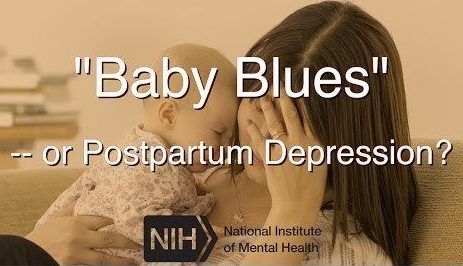
Post-natal / Post-partum depression also called baby blues refers to episodes of depression after childbirth.
It is a common illness which affects more than 1 in 10 women within the first year of having a baby.
You may get symptoms that are similar to those in other types of depression.
This can develop into a severe illness leading to some women considering harming themselves and their baby.
Postnatal Psychosis
Postnatal psychosis is the most severe type of mental illness occurring after giving birth. It affects 1 in 1000 women and begins within days or weeks of childbirth. It can develop in a few hours and can be life-threatening and needs urgent treatment.
There are many symptoms of postnatal psychosis, with mood high or low and rapid mood swings. Women often experience psychotic symptoms. They may believe things that are not true (delusions) or see or hear things that are not there (hallucinations).
This illness always needs medical help and support. You may have to go into hospital. Ideally, this should be a specialist mother and baby unit where your baby can go with you.
Seasonal affective disorder (SAD)
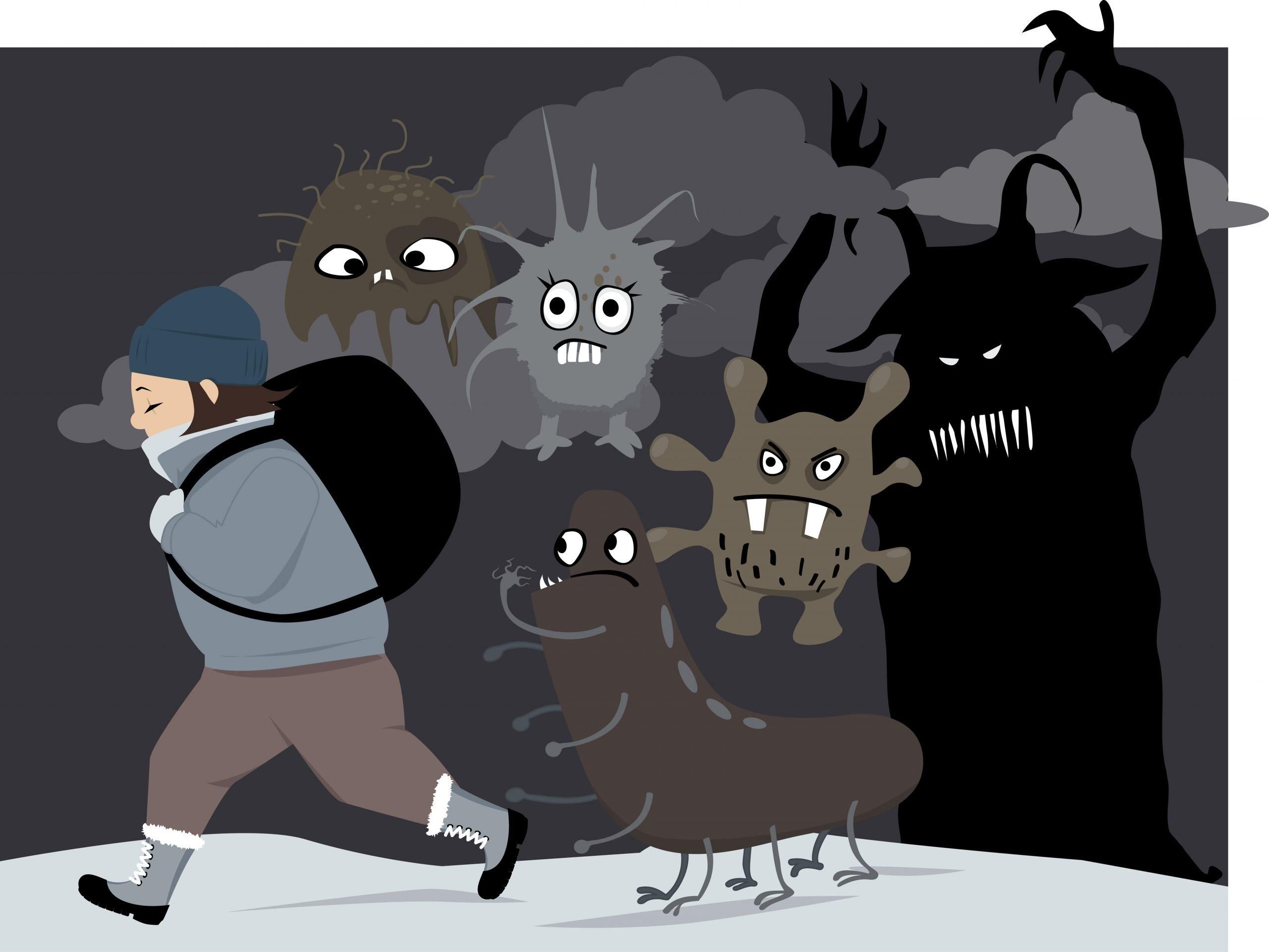
This type of depression affects you at the same time of year, usually in the winter. For this reason they may call it the winter blues or winter depression.
The symptoms are similar to depression, but some people find they sleep more rather than less, and crave carbohydrates like chocolate, cakes and bread.
References and Further Reading
https://www.healthline.com/health/phobia-simple-specific
https://www.webmd.com/anxiety-panic/ss/slideshow-phobias
Everything you need to know about phobias https://www.medicalnewstoday.com/articles/249347.php
anxiety and depression https://adaa.org/understanding-anxiety
What's the difference between anxiety and depression? https://www.bupa.co.uk/newsroom/ourviews/anxiety-depression
Anxiety vs. Depression: How to Tell the Difference https://www.psycom.net/anxiety-depression-difference
Bipolar Disorder With Anxious Distress https://www.verywellmind.com/bipolar-disorder-with-anxious-distress-380590
Stress vs Anxiety: How to Tell the Difference https://www.psycom.net/stress-vs-anxiety-difference#treatmentofanxiety
Bipolar Disorder and Depression: Understanding the Difference https://www.psycom.net/depression.central.bipolar.depression.html#symptomsofmania
Adjustment disorders https://www.mayoclinic.org/diseases-conditions/adjustment-disorders/diagnosis-treatment/drc-20355230
Can You Have Bipolar Disorder and an Anxiety Disorder at the Same Time? https://www.healthline.com/health/bipolar-and-anxiety#connection
An Overview of Bipolar Mania https://www.verywellmind.com/what-is-bipolar-mania-how-is-it-diagnosed-380314#signs-and-features
How I Recognize My Early Warning Signs Of Mania https://www.nami.org/Blogs/NAMI-Blog/January-2019/How-I-Recognize-My-Early-Warning-Signs-of-Mania
depression statistics https://www.mentalhealth.org.uk/statistics/mental-health-statistics-depression
7 Facts You Should Know About Depression https://www.verywellmind.com/depression-facts-you-should-know-1067617
Facts About Comorbidity https://www.verywellmind.com/what-is-comorbidity-3024480
Situational depression or clinical depression? https://www.medicalnewstoday.com/articles/314698.php
Outcomes of Nordic mental health systems: life expectancy of patients with mental disorders. https://www.ncbi.nlm.nih.gov/pubmed/21593516
Understanding The Spectrum Of Bipolar Disorder https://www.nami.org/Blogs/NAMI-Blog/March-2018/Understanding-the-Spectrum-of-Bipolar-Disorder
The DAD Effect: Depression, Addiction, and Denial https://www.psycom.net/depression-addiction-denial
Depression and Related Conditions https://www.psycom.net/depression-related-conditions
Mood disorder https://en.wikipedia.org/wiki/Mood_disorder
Manoranjitham SD, Rajkumar AP, Thangadurai P, Prasad J, Jayakaran R, Jacob KS. Risk factors for suicide in rural south India. Br J Psychiatry. 2010;196:26–30. [PubMed]
Post-Doc Symposium 3 – Novel insights into treatment resistance: a pathway to recovery https://www.bap.org.uk/articles/post-doc-symposium-3-novel-insights-into-treatment-resistance-a-pathway-to-recovery/
Psilocybin with psychological support for treatment-resistant depression: an open-label feasibility study.
https://www.ncbi.nlm.nih.gov/pubmed/27210031
Risks of all-cause and suicide mortality in mental disorders: a meta-review
https://onlinelibrary.wiley.com/doi/epdf/10.1002/wps.20128
The many faces of depression https://www.health.harvard.edu/healthbeat/the-many-faces-of-depression
The Different Faces of Depression https://www.psychologytoday.com/us/articles/200207/the-different-faces-depression
Chlorpromazine, the first antipsychotic medication: history, controversy and legacy https://www.bap.org.uk/articles/?s=Chlorpromazine
The Many Faces of Depression in Primary Care https://www.ncbi.nlm.nih.gov/pmc/articles/PMC1492505/
Antipsychotic drugs a last resort for these 5 conditions
Safety issues are a concern when used off-label to treat anxiety, ADHD, depression, insomnia, and PTSD, our analysis finds https://www.consumerreports.org/cro/2013/12/treating-anxiety-adhd-depression-insomnia-and-ptsd-with-newer-antipsychotics/index.htm
Selective serotonin reuptake inhibitors, SSRIs, Tricyclic antidepressants https://medlineplus.gov/antidepressants.html
Situational depression or clinical depression? https://www.medicalnewstoday.com/articles/314698.php
